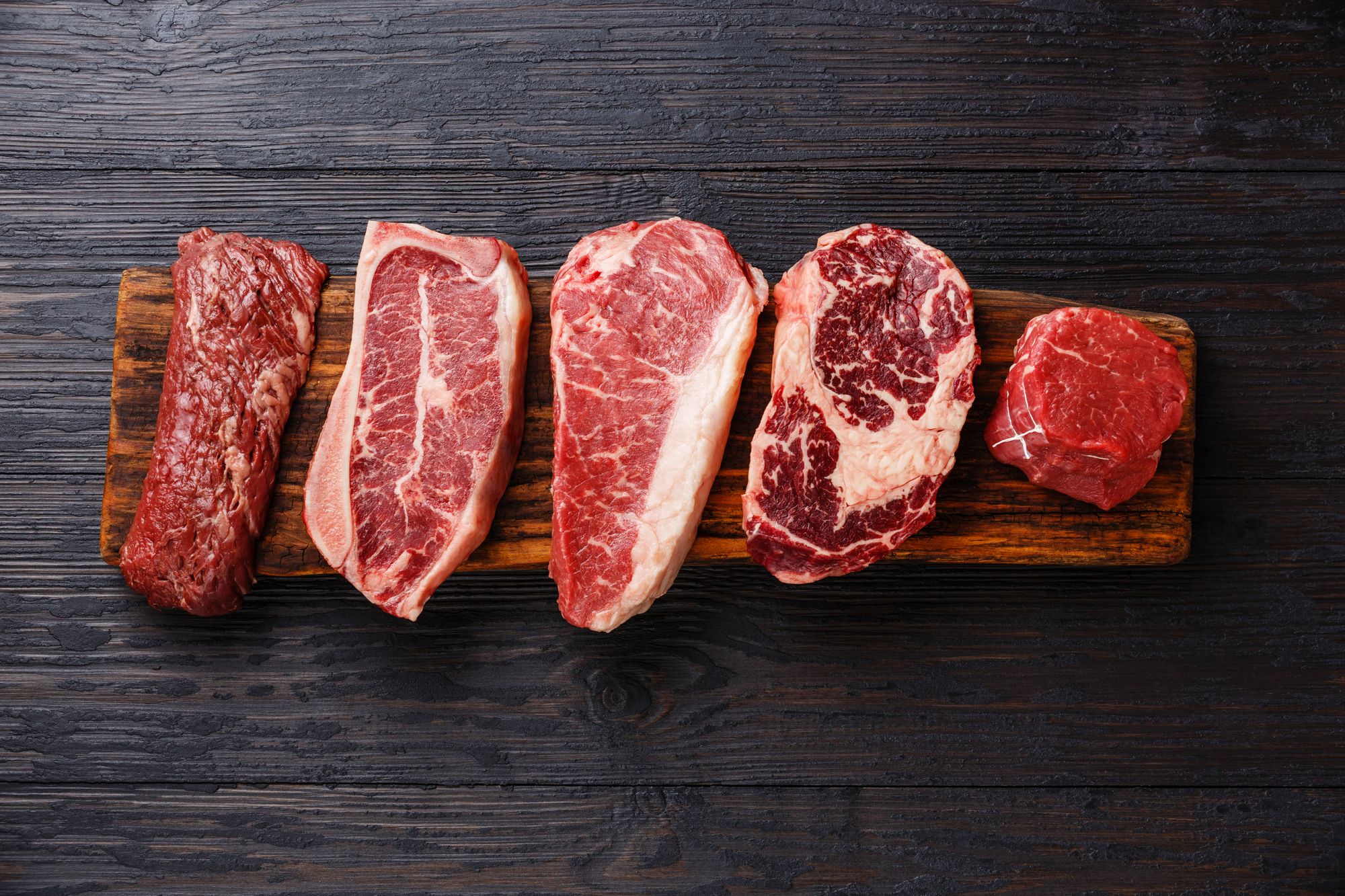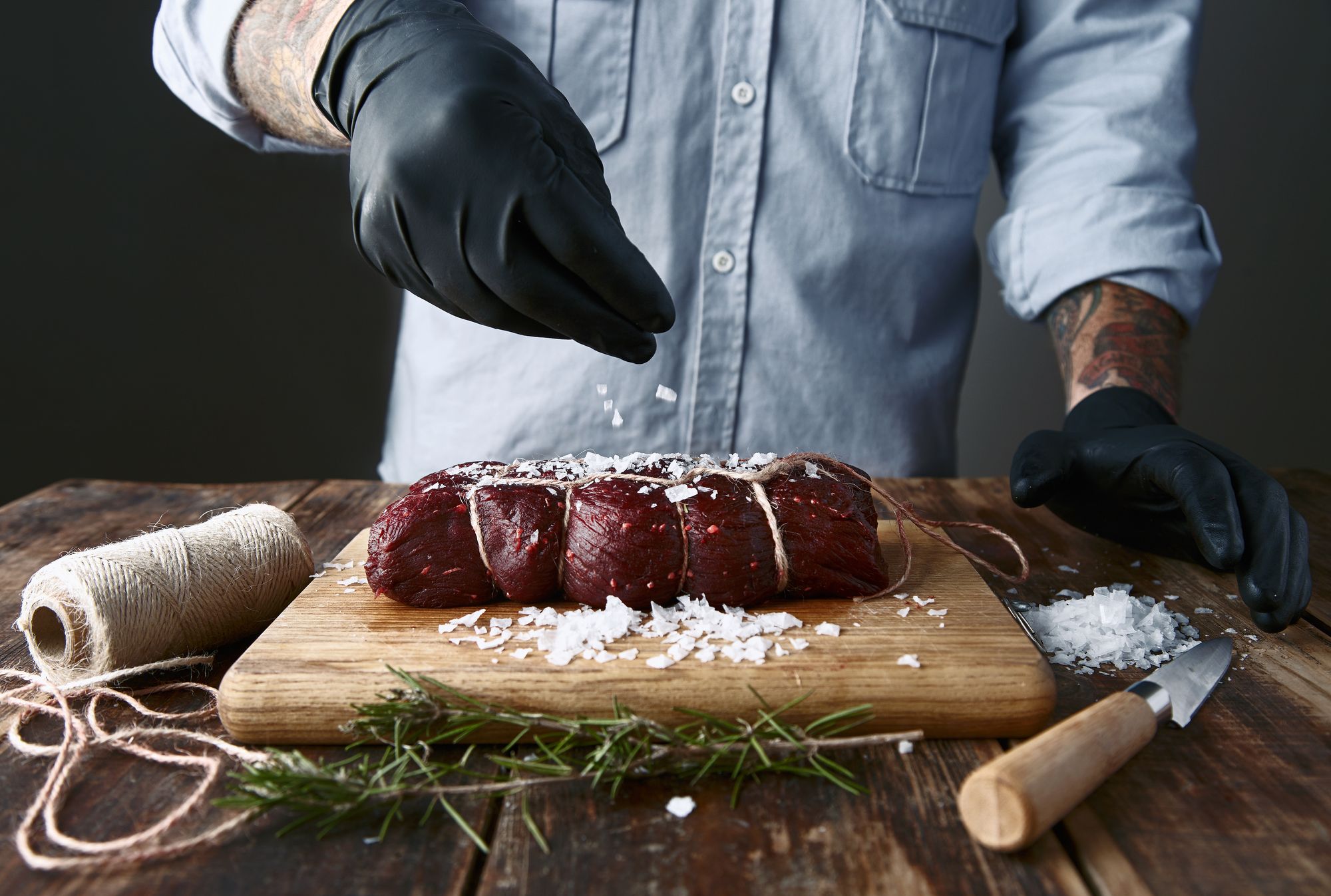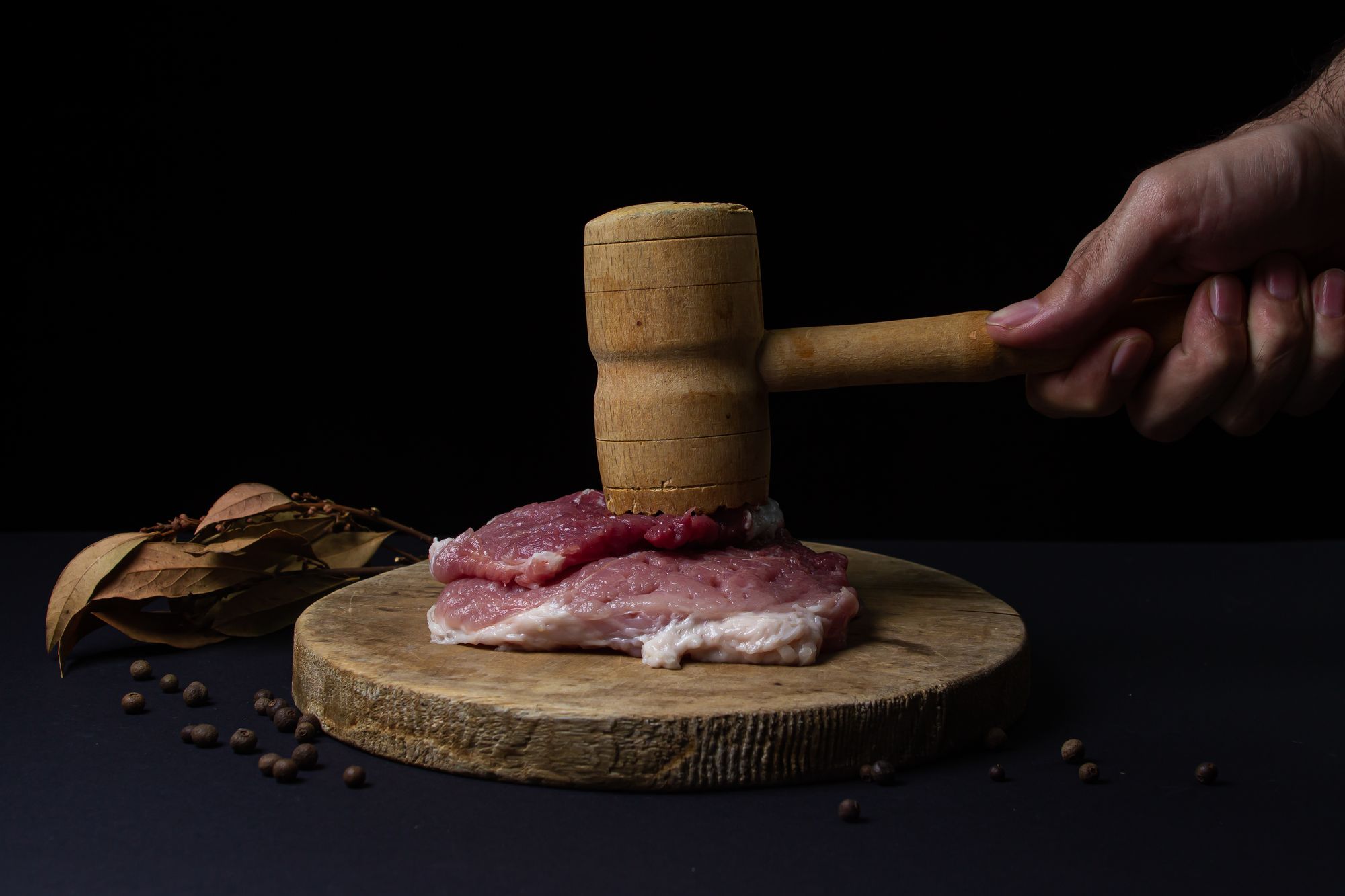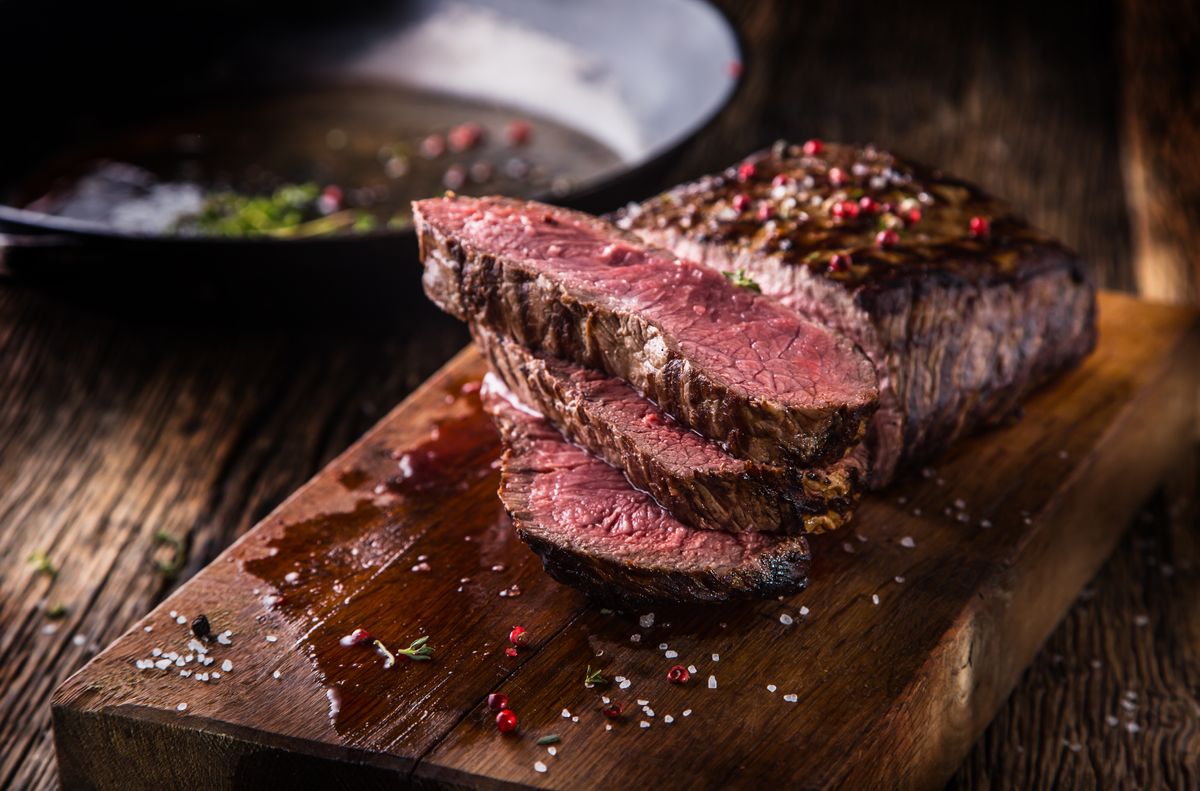There's nothing quite like the sensory experience of cooking a delicious, juicy steak - the sight, smell, taste, and even the sound can evoke mouthwatering nostalgia. For red meat lovers, it can bring back memories of special occasions when they savored a perfectly tender steak that cut smoothly like butter. If you want to recreate that experience in your own kitchen, selecting the right cut of meat and gathering the necessary ingredients is just the first step. The real challenge is achieving that ideal texture that makes every bite a pleasure.
Texture is crucial when it comes to preparing a top-notch steak, and everyone wants their meat to be tenderized to perfection. However, it's all too easy to end up with a chewy, fibrous, or fatty steak that requires a brutal workout for your jaw. Fortunately, there are ways that home chefs can effectively tenderize their steaks without too much effort or mess.
Techniques for Preparing Your Steak to Achieve Maximum Tenderness

1) Choose the Right Cut.
According to Chef Dennis Littley, a classically trained chef with over 40 years of experience, the tenderness of a cut of meat can vary depending on the specific type. He advises that when selecting meat, it's best to look for cuts labeled as "tender" or "choice" to ensure a good starting point. For instance, a fillet is naturally more tender than a ribeye.
2) How an Acidic Marinade Can Enhance the Flavor and Tenderness of Your Meat
Lori Walker, RD, recipe developer, and owner of Easy Kitchen Guide recommends using acidic ingredients such as vinegar, citrus juice, or wine to soften the connective tissue in meat. Tony Sudak, an experienced chef de cuisine and apprentice butcher for Walden Local Meat Co., suggests that an acid component is necessary when marinating steak to tenderize and break down the muscle fibers of the meat. Different cuts of meat require varying lengths of time to marinate and break down properly, with tougher cuts like London broil requiring an overnight marinade to make them more tender. Conversely, more tender cuts like ribeye need less time to marinate.
It's important to allow enough time for the marinade to evenly coat and absorb into your meat without marinating for too long, which can lead to overly tender and mushy meat. For optimal results, Walker advises marinating for at least four hours but no longer than 24 hours. Chef and recipe developer at Beef, It's What's For Dinner, Alex Reitz, recommends turning the steak a few times while marinating to promote an even coating. Executive Chef Bin Lu of The Restaurant at Blue Rock in Washington, VA, suggests that marinating meat with something acidic like papaya or mango is most effective if done on the day of grilling.
3) How an Acidic Rub Can Enhance the Flavor and Tenderness of Your Meat
Lori Walker, owner of Easy Kitchen Guide, suggests that an acidic rub is an effective method for tenderizing steak at home without the need for a lengthy marination period. To make the rub, mix equal parts of oil, vinegar, lemon juice, and seasonings such as garlic powder or chili powder. Rub the mixture all over the steak and allow it to stand for at least 15 minutes before cooking. This allows the acidic rub to penetrate the meat and break down the muscle fibers, resulting in a more tender and flavorful steak.
4) The Benefits of Properly Salting Your Steak for Enhanced Flavor and Texture

Chef Dennis notes that salting the steak before cooking can draw out moisture and break down the proteins, resulting in a more tender and flavorful meat. To do this, sprinkle kosher or sea salt on both sides of the steak and let it sit at room temperature for about an hour before cooking.
Chef Diana Manalang, owner of Little Chef Little Café in New York City, prefers to salt her steak heavily and let it sit overnight, which draws out the moisture and acts as a dry brine for the meat.
Another method for tenderizing steak that Lori Walker suggests is creating a salt crust. This involves covering the steak with salt and baking it, which can also help to break down tough fibers in the meat while adding flavor. To create a salt crust, place the steak on a wire rack inside a baking dish filled with coarse salt and bake at 350°F (180°C) for 40 minutes.
5) Using Enzymes to Enhance the Tenderness of Your Meat: A Guide
Lori Walker recommends using store-bought enzyme products like bromelain or papain to tenderize steak without adding any extra flavors. The process involves mixing the enzyme with water, rubbing it onto the steak, and letting it sit for 30 minutes before cooking.
Bromelain, papain, and protease are enzymes that naturally occur in fruits such as pineapple, papaya, and mangoes, and are known to help break down tough proteins. Papain, in particular, found in papaya can help make meat more tender.
Chef Bin Lu also suggests that mangoes can be especially effective since they contain enzymes that break down meat.
If you prefer a natural approach, pureeing these fruits into a sweet and tangy marinade can be an option. For instance, pureeing fresh papaya to create a paste, spreading it over the steak, wrapping it tightly in plastic wrap, and leaving it for an hour before cooking can result in tender and flavorful meat.
6) The Benefits and Risks of Soaking Steak in Cold Water: A Guide
Lori Walker recommends soaking steak in cold water for an hour or two to break down tough fibers in the meat, resulting in a more tender texture. However, she advises changing the water every 30 minutes to avoid any bacteria from forming on the steak.
While soaking steak in cold water can be an effective method of tenderizing meat, it also poses some risks. According to the USDA, soaking meat in water can result in the loss of nutrients, including vitamins and minerals. Additionally, soaking meat for an extended period can lead to the loss of water-soluble nutrients and may affect the texture and flavor of the meat.
It is also important to note that soaking meat for too long or in warm water can increase the risk of bacterial growth and foodborne illness. Therefore, it is recommended to limit soaking time and ensure that the meat is kept in the refrigerator during the soaking process.
Overall, while soaking steak in cold water can be an effective method of tenderizing meat, it's important to consider the potential risks and weigh them against the benefits.
7) The Technique of Pounding Your Steak for Enhanced Tenderness and Flavor

Tony Sudak, an experienced chef de cuisine and apprentice butcher for Walden Local Meat Co., explains that butchers often use a tool called a Jaccard to tenderize steaks. The tool features three rows of blades that pierce the meat and cut up the muscle fibers to make them more tender. However, the downside of using a Jaccard is that it creates more surface area, which can cause the meat to oxidize faster due to increased exposure to oxygen.
While Chef Sudak prefers to tenderize meat through flavor, he acknowledges that using a mechanical tenderizer can be a quicker option for tougher steaks. Lori Walker suggests using a kitchen mallet or another blunt object to hammer the steak. Cover the steak with plastic wrap and pound it with a meat mallet to break down the fibers and make it more tender.
Chef Dennis Littley also suggests covering the steak with plastic wrap before pounding it and avoiding excessive force to prevent the meat from becoming too tough.
While pounding steak can be a quick and easy way to tenderize meat, it's important to note that it may alter the texture and shape of the meat.

